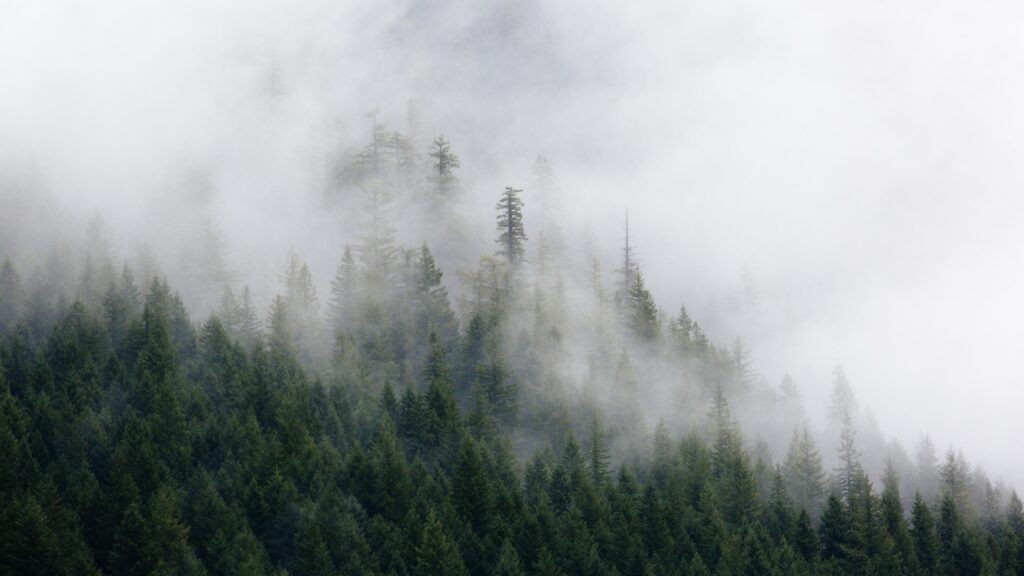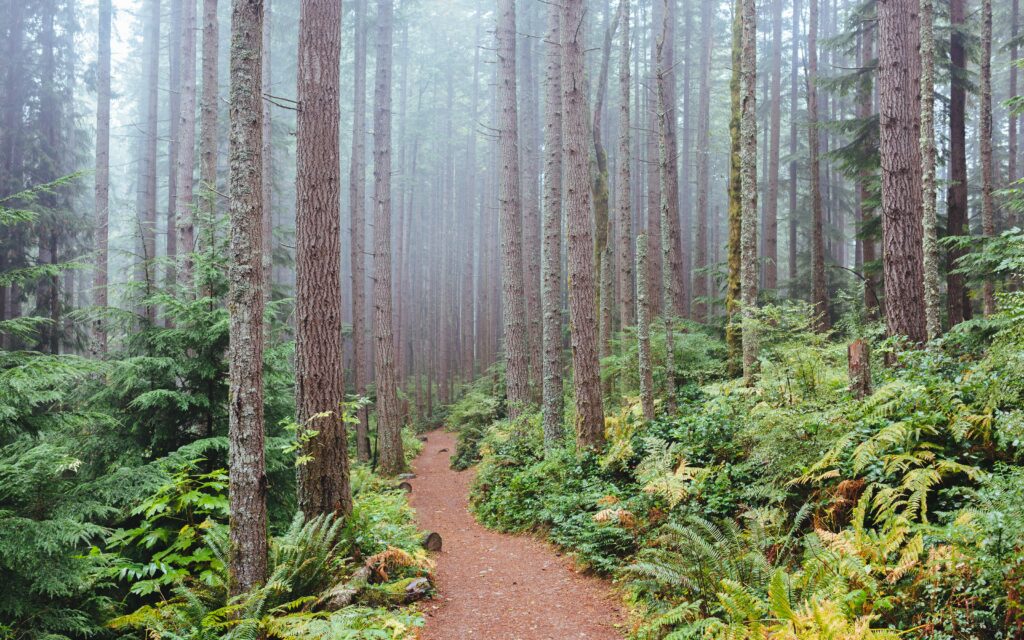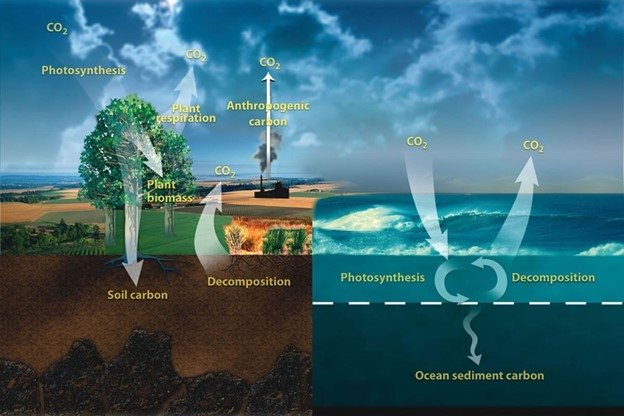
Did you know that the Pacific Northwest is among one of the most naturally carbon rich eco-regions in the world, and our westside forests store more carbon and sequester it at higher rates than anywhere else in the United States?
As we continue to face the damaging effects of climate change; conservationist, scientists, organizations, governments, and federal agencies are highlighting the importance of our forests as a key factor in mitigating rising temperatures.
So how exactly do our urban and remote forests work to cool the atmosphere and reduce greenhouse gas emissions wrecking havoc on our planet?
You guessed it, through a process called forest carbon sequestration — let’s break it down!

Carbon sequestration is the process of removing carbon dioxide, which contributes to 89% of the worlds leading greenhouse gases, from the atmosphere. So simply put, “sequestration” is the act of capturing a substance.
Forests absorb carbon dioxide (CO2) from the atmosphere and store it in various repositories, or carbon sinks, such as trees, root systems, undergrowth, the forest floor, and soils.
Trees are the oldest carbon capture technology ever invented! Through the process of photosynthesis, leaves use light to create sugar by capturing CO2 molecules and mix them with water molecules, which is then released back into the atmosphere as oxygen.
This is all part of the carbon cycle and the foundation for all life on Earth. The cycle is comprised of carbon sources, which release carbon into the atmosphere, and carbon sinks, which absorb and sequester carbon from the atmosphere. This process moves carbon between plants, animals, minerals, and microbes.
“The carbon cycle describes the process in which carbon atoms continually travel from the atmosphere to the Earth and then back into the atmosphere. Since our planet and its atmosphere form a closed environment, the amount of carbon in this system does not change. Where the carbon is located — in the atmosphere or on Earth — is constantly in flux.” – National Ocean and Atmospheric Administration

Carbon is released tremendously through the burning of fossil fuels, deforestation, land development, wildfires, volcanic eruptions, and when organisms decay or die. Increasing carbon sequestration in forested areas substantially helps remove additional carbon released through human-made emissions.
The United States has 766 million acres of forestland, which absorb nearly 16 percent of domestic carbon dioxide emissions per year, offsetting a quantity equivalent to the annual emissions from 50 million gas or diesel-fueled vehicles.
So not only is it important to have healthy forests to sequester carbon, but to store carbon effectively. Trees are especially good at holding carbon for long periods of time, even after growth stops. Roughly 50% of the dry mass of a tree is carbon, much of which is stored in the wood fibers. Interestingly enough, nearly 80% of the total carbon in terrestrial ecosystems is found in the soil, highlighting the impact of healthy, nutrient rich soils.

In Washington state, the Department of Natural Resources is moving an estimated 10,000 acres of Western Washington’s most ecologically valuable forests into conservation status to store carbon and generate revenue for state trust land beneficiaries.
Essentially, carbon offsetting is our states new carbon project that will lease land for sequestration and storage at a price that is reflective of the economic value of logging, but instead of cutting trees, we are conserving them in hopes to diversify revenue.
Carbon credits have become a hot commodity on the market in the world of environmentalism. These credits are a kind of permit that represents 1 ton of carbon dioxide removed from the atmosphere. Often purchased by companies to make up for (or offset) their emissions that result from their operations.
One might wonder how do you calculate a carbon credit?Is there a scientific formula to quantify the value of carbon? In short, the answer is yes, however, for the purpose this article we will leave that to the scientists.
Carbon credits are a tool for economic growth and way to reduce greenhouse gases, but they are quite confusing! That’s because they can be calculated differently depending on which kind of emission.

The path forward to a more resilient, climate-just world has always been rooted in the technologies of our natural landscapes. Through community engagement, state and federal policies, accountable corporations, and by doing our own research to learn and stay engaged, we can work together with the natural processes and do our part to protect the forested areas that support all life on Earth!
Sources:
The Role of Forests in Carbon Sequestration and Storage (ncsl.org)
